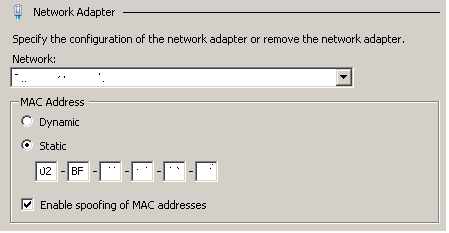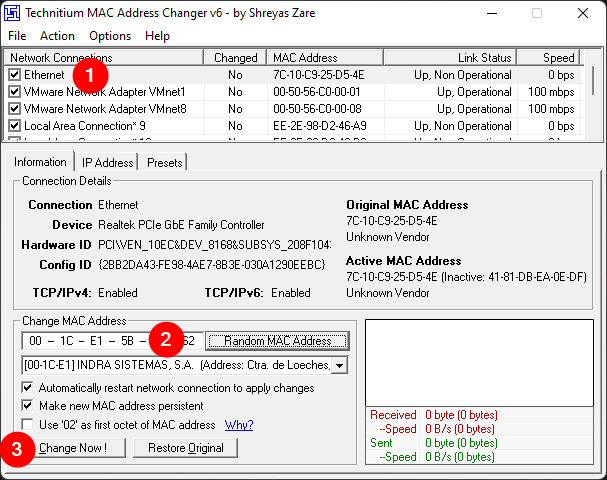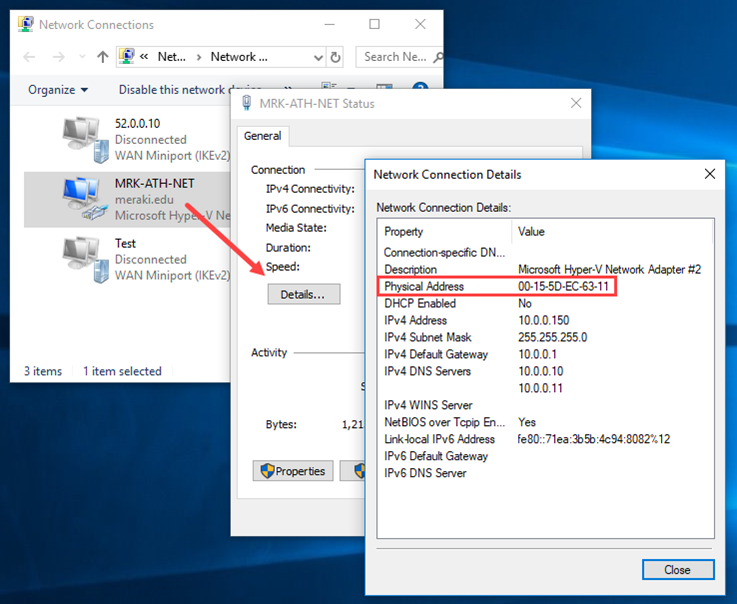

The vendor then assigns the next 24 bits, being careful to ensure that each address is unique. Where is the other 24 bits, MAC is 48 bits?Ī manufacturer of Ethernet interfaces creates a unique 48-bit Ethernet address for each interface by using their assigned OUI for the first 24 bits of the address. This also eliminates any need to locally administer and manage Ethernet addresses. Providing unique addresses during manufacturing avoids the problem of two or more Ethernet interfaces in a network having the same address. This allows a vendor of Ethernet equipment to provide a unique address for each interface they build.

Then the vendors must use this 24-bit as a start for every MAC address of their network product interface card. This blocks of addresses for use by network vendors, the OUI is a unique 24-bit identifier assigned to each organization that builds network interfaces. The IEEE-SA provides a 24-bit Organizationally Unique Identifier (OUI) to the vendors. Structure of the MAC address and who is making it?Īssignment of addresses is controlled by the IEEE Standards Association (IEEE-SA), which administers a portion of the address field. For the proper and to the point communication between a network’s computers, MAC address is used to identify uniquely each network interface. An Ethernet MAC address is a 48-bit binary value expressed as 12 hexadecimal digits.īoth media access control and medium access control are the elaborated forms of the same term “MAC” address. MAC addressing is added as part of a Layer 2 ethernet frame. So we can say that unique identifier called a Media Access Control (MAC) address was created to help in finding the source and destination address in an Ethernet network. When two end devices communicate on the local Ethernet network, the frames that are exchanged between them contain the destination and source MAC addresses. In a LAN using Ethernet, this address is called the Media Access Control (MAC) address.

The Layer 2 address is unique on the local network and represents the address of the end device on the physical media. MAC address, what that means and what MAC address actually is?


 0 kommentar(er)
0 kommentar(er)
